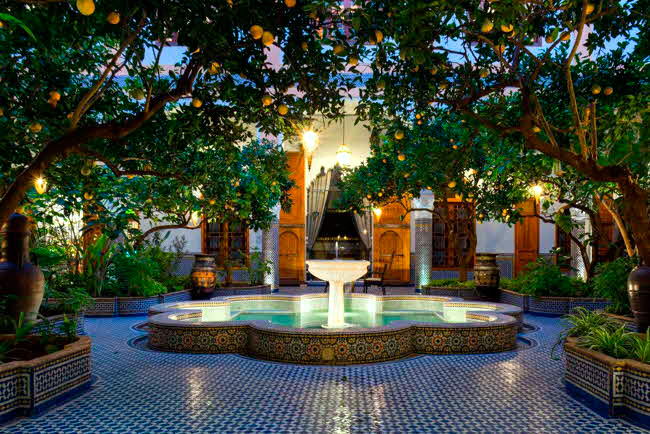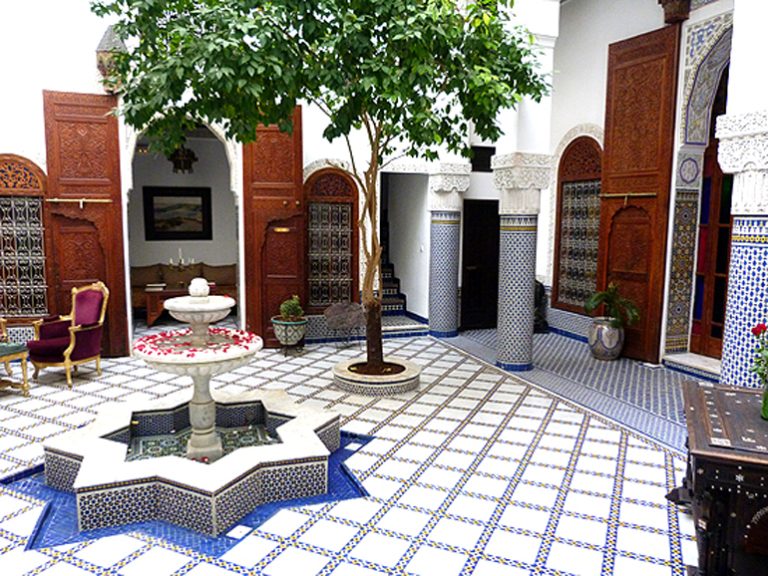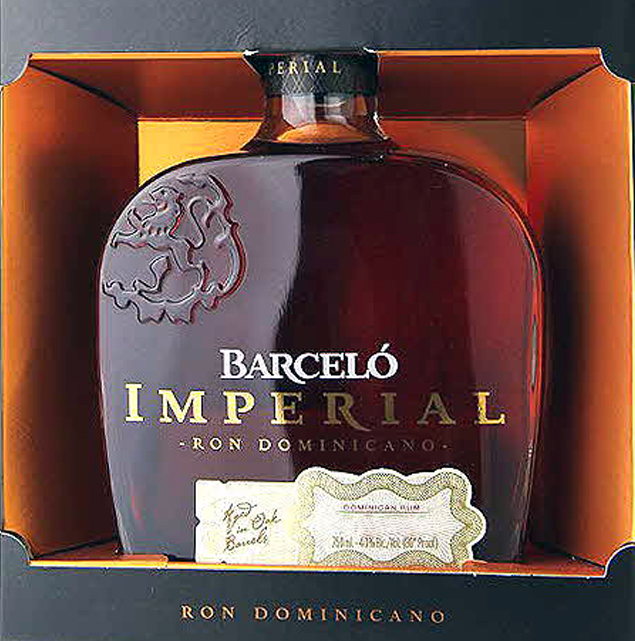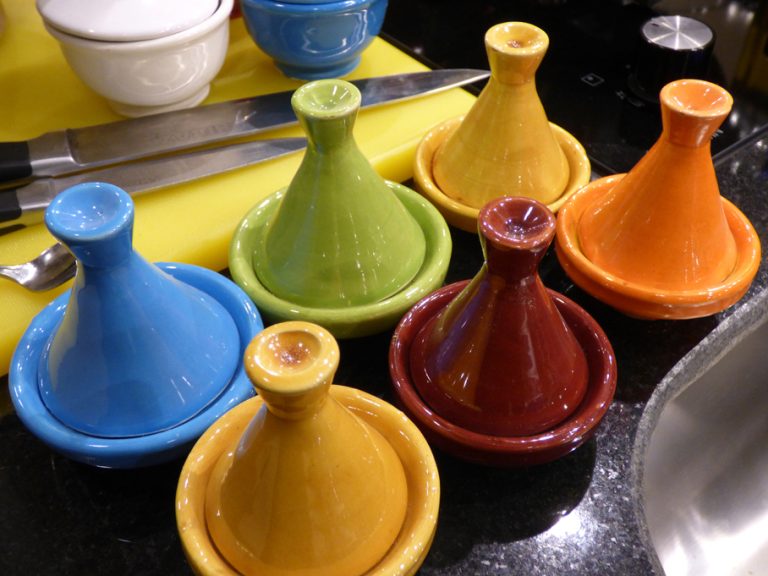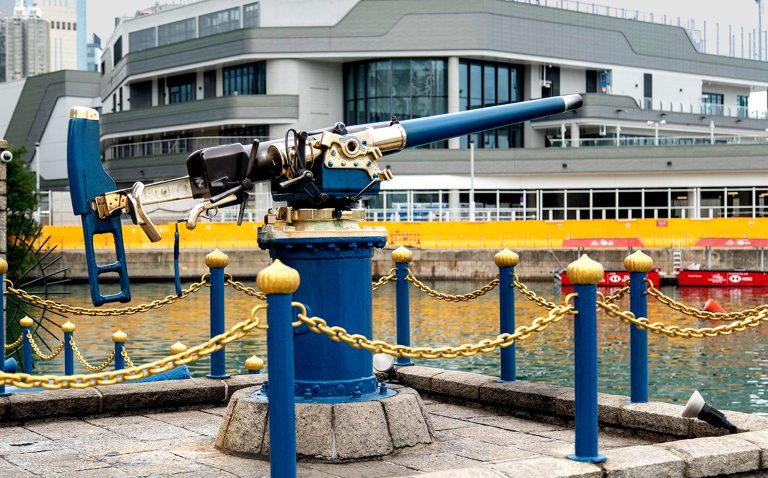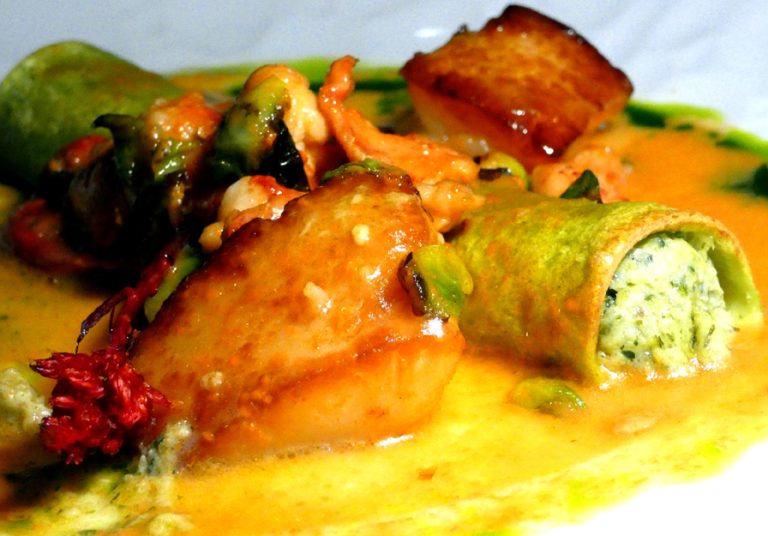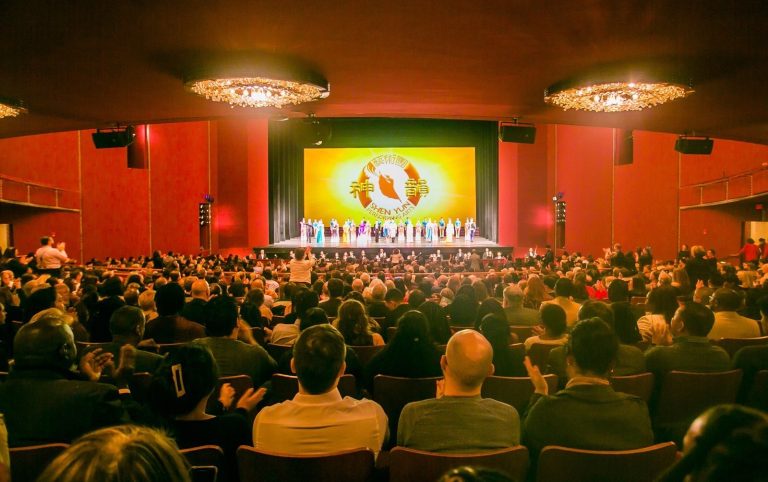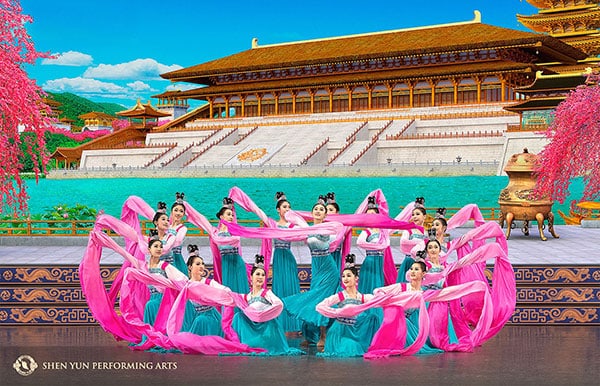Published with permission from LuxuryWeb.com
Morocco, a jewel nestled between the Mediterranean to the north and the Atlantic to the west, stands at the northern gateway of Africa, nearly brushing Europe. These continents have left indelible marks on each other throughout history.
Morocco is a land of contrasts — anchored in ancient traditions while swiftly embracing the modern era. It boasts breathtaking landscapes ranging from snow-covered peaks to expansive desert vistas, and is equally renowned for its captivating man-made wonders. From the intricately carved wooden doors and furniture, vividly patterned fabrics, to the magnificent geometric mosaics that adorn buildings, Morocco is a visual feast for any photographer.
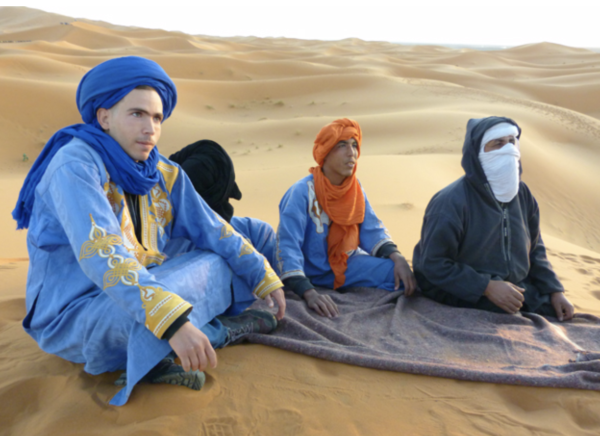
Historical sites
As I journeyed from one city to another — Casablanca, Rabat, Meknès, Fès, Marrakesh, Essaouira, Safi/El Jadida — each revealed its unique allure, rich history, and many UNESCO World Heritage Sites. But it was Marrakesh that truly captured my heart with its luminous energy.
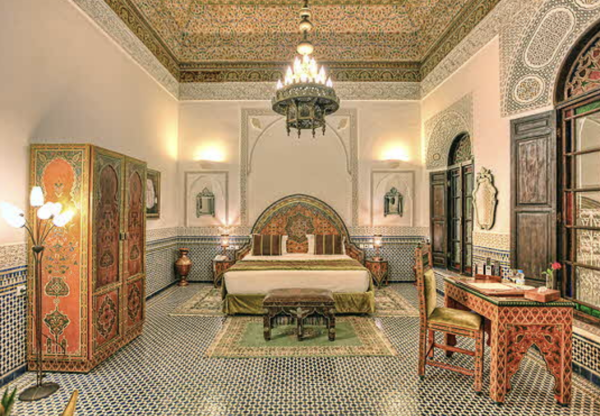
Founded nearly a millennium ago, Marrakesh still showcases its imperial legacy. Broad, tree-lined boulevards, rose-hued buildings, and majestic fountains all blend harmoniously. Horse-drawn carriage rides during the golden hour provide an enchanting perspective of this city.
Success
You are now signed up for our newsletter
Success
Check your email to complete sign up
The iconic Jemâa el Fna Place, a UNESCO World Heritage site, bursts with life. From vendors displaying their crafts to the myriad of traditional attires, including the Moroccan djellaba and the Arab burqa, the square is a tapestry of cultural expression. Traditional performers—drummers, dancers, snake charmers, and henna artists—add to its vibrant atmosphere.
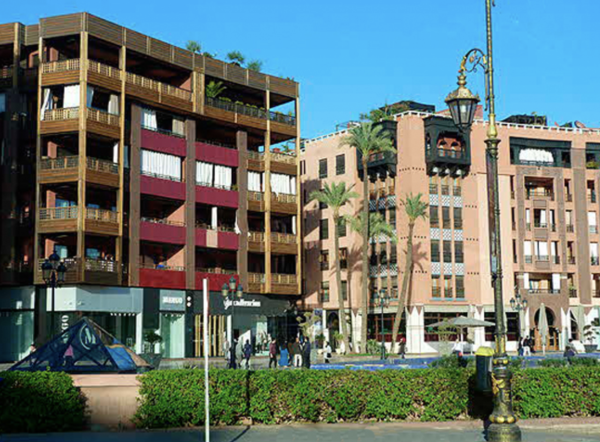
A buzzling hub
Beyond the square lies the ancient Medina. A maze of alleys brimming with shops, it is a bustling hub where locals and tourists, carts and motorcycles, coalesce amidst the scents of spices and sweetmeats, all seeking the essence of Morocco.
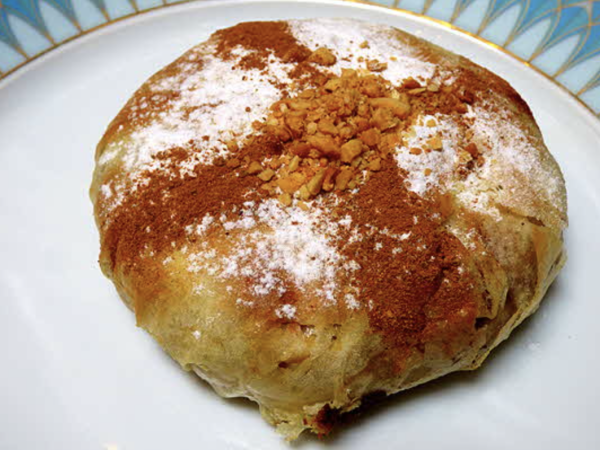
Marrakesh’s museums are a trove of history and culture. The Musée Mohammed VI for the Water Civilization offers a profound exploration of water’s role in civilization, from ancient practices to modern management.
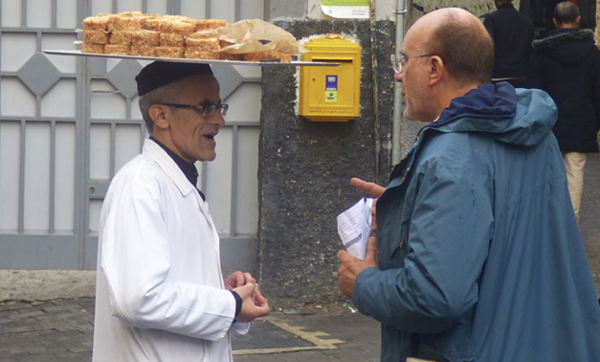
Another gem is the Berber Museum, which showcases the rich tapestry of Berber life, from their vibrant garments to their intricate jewelry. It’s located in the former workshop of Jacques Majorelle and was curated by Pierre Bergé and Yves Saint Laurent. Nearby, the Yves Saint Laurent Museum pays homage to the iconic designer’s legacy. Sandwiched between these museums is the serene Jardin Majorelle, a botanical masterpiece that took 40 years to cultivate.
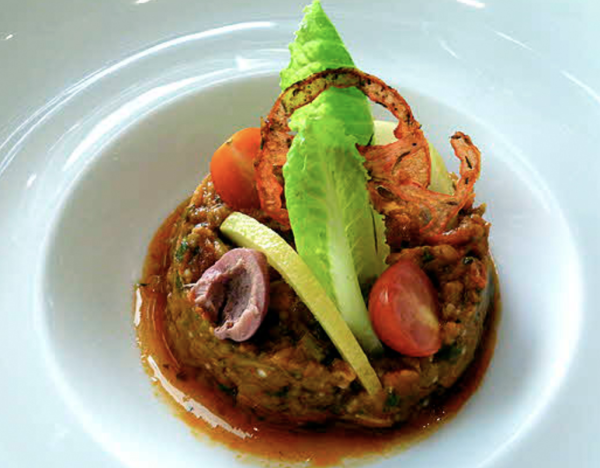
Our stay was at the luxurious “The Pearl,” conveniently located near the Medina. The hotel, drenched in regal purples, boasts an elevated pool offering panoramic views. Our meal at their Del Café was a delightful dive into traditional Moroccan gastronomy. And a visit to Marrakesh would be incomplete without experiencing the historic La Mamounia Hotel, known for its opulent poolside dining and luxurious suites.

Editorial Tip: When in Morocco, always negotiate prices beforehand to avoid disputes. Request permission before photographing individuals, and be prepared for a fee. Remember, haggling is an art form in this region; never settle for the initial price.
For more about Marrakesh, visit The Moroccan National Tourist Office: www.visitmorocco.com.
Visit LuxuryWeb.com to see the original article, and more.



